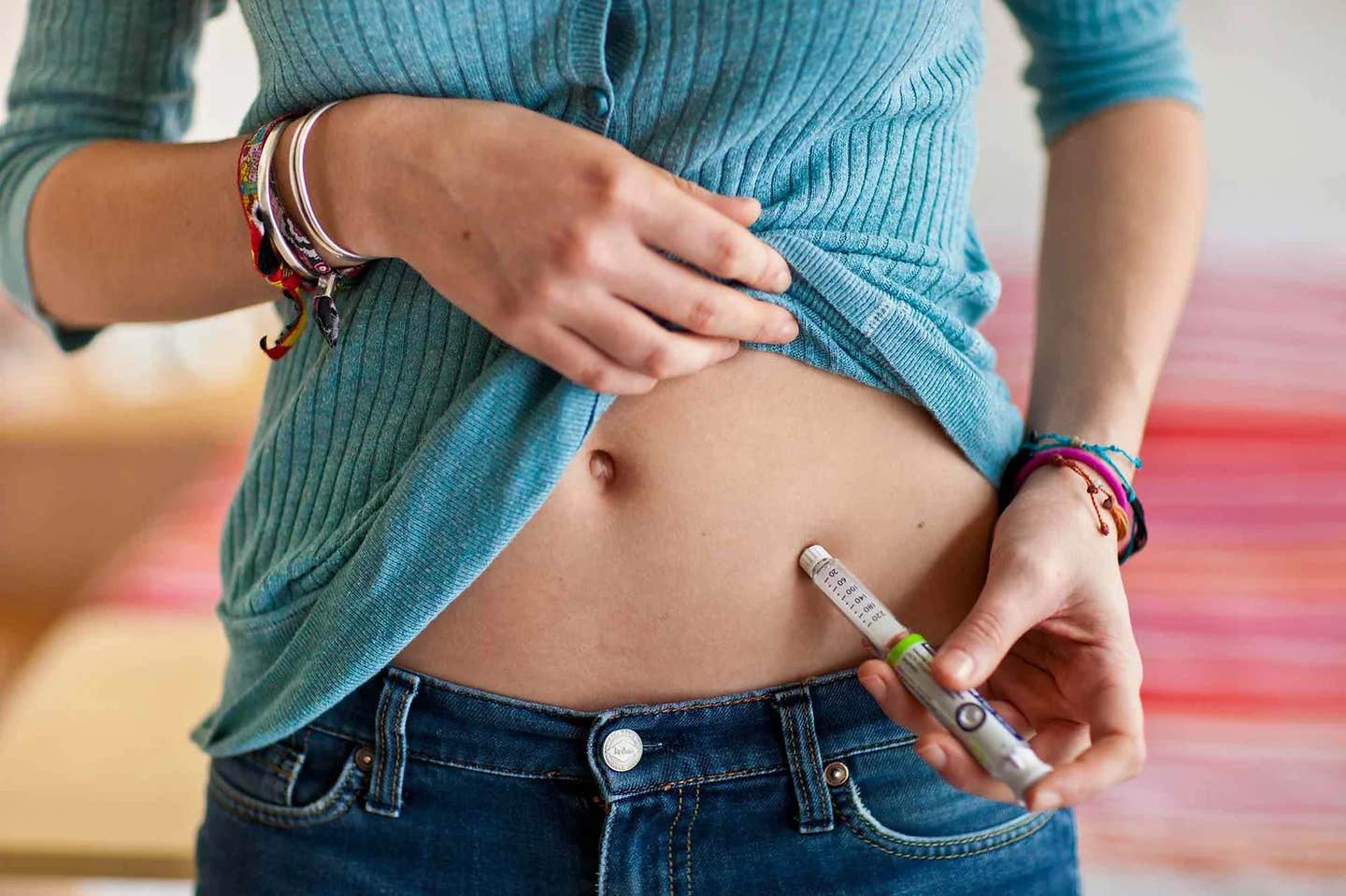Revolutionary new diabetes drug multiplies insulin-producing cells by 700%
Scientists discovered a therapeutic combination that regenerates human insulin-producing beta cells, offering a new treatment for diabetes.

This is the first time scientists have developed a drug treatment proven to increase adult human beta cell numbers in vivo. (CREDIT: CC BY-SA 3.0)
In preclinical studies, a team of researchers from Mount Sinai Health System in New York City and City of Hope in Los Angeles have made significant strides in diabetes treatment. They discovered a therapeutic combination that regenerates human insulin-producing beta cells, offering a potential new treatment for diabetes. Their findings were published in Science Translational Medicine.
This groundbreaking work began at the Icahn School of Medicine at Mount Sinai in 2015 under the leadership of Andrew F. Stewart, MD. The research was a collaborative effort involving Adolfo Garcia-Ocaña, PhD, who is now at City of Hope, a prominent research center for diabetes and one of the largest cancer research organizations in the U.S.
Garcia-Ocaña and his team designed the studies and conducted detailed animal transplant and drug treatment models using beta cells from donors. Final studies took place at City of Hope in 2023.
For their study, the team combined harmine, a natural product found in some plants, with GLP1 receptor agonists, a widely used class of type 2 diabetes therapy. They transplanted a small number of human beta cells into mice with no immune system, a standard model for type 1 and type 2 diabetes.
The mice were treated with the combination therapy, resulting in a rapid reversal of their diabetes. Remarkably, human beta cell numbers increased by 700 percent over three months with this drug combination.
Related Stories
"This is the first time scientists have developed a drug treatment proven to increase adult human beta cell numbers in vivo. This research brings hope for future regenerative therapies to potentially treat the hundreds of millions of people with diabetes," said Dr. Garcia-Ocaña.
"It has been remarkable to watch this story unfold over the past 15 years," said Dr. Stewart, who, along with Peng Wang, PhD, initiated the high-throughput drug screen that led to the discovery of harmine. "The steady progression from the most basic human beta cell biology, through robotic drug screening, and now moving to human studies, illustrates the essential role for physician-scientists in academia and pharma."
More than 10 percent of the world’s adult population has diabetes, a disease defined by high blood sugar levels. In both type 1 and type 2 diabetes, a reduction in both the quantity and quality of insulin-producing beta cells causes high blood sugar. Unfortunately, none of the many commonly used diabetes therapies are able to increase human beta cell numbers, and therefore cannot completely reverse diabetes.
The team was inspired to restore beta cell numbers because most people with diabetes have some residual beta cells. Previously, they had shown that several inhibitors of an enzyme in beta cells called DYRK1A can induce the proliferation of adult human beta cells in a tissue culture dish for a few days. However, before this study, no one had shown the ability to expand human beta cell numbers in vivo in human islet grafts used in an animal model over many months.
To accurately measure the mass of human beta cells in the islet grafts, the team turned to Sarah A. Stanley, MBBCh, PhD. Using an advanced laser microscopy tool called iDISCO+ that makes biological tissue transparent, Dr. Stanley observed that beta cell mass was dramatically increased through mechanisms that included enhanced proliferation, function, and survival of the human beta cells. This technology allowed for accurate and rigorous quantitative assessment of engrafted human beta cells for the first time.
The Mount Sinai team recently completed a phase 1 clinical trial of harmine in healthy volunteers to test its safety and tolerability. At the same time, Robert J. DeVita, PhD, has developed next-generation DYRK1A inhibitors. Mount Sinai is conducting studies to test these in humans for potential toxicity risks and estimate dosing for clinical trials, planning to initiate first-in-human trials with independent research teams next year. They own an extensive patent portfolio covering these technologies.
Researchers are also addressing the challenge that in patients with type 1 diabetes, the immune system will continue to kill new beta cells. At City of Hope, Dr. Garcia-Ocaña and colleague Alberto Pugliese, MD, plan to test inducers of beta cell regeneration together with immunomodulators that regulate the immune system. Their goal is for the combination to allow new beta cells to thrive and improve insulin levels.
"Our studies pave the way for moving DYRK1A inhibitors into human clinical trials, and it's very exciting to be close to seeing this novel treatment used in patients," Dr. Garcia-Ocaña said. "There is nothing like this available to patients right now."
The research outlined in the Science Translational Medicine paper was funded by grants from the National Institutes of Health, the National Institute of Diabetes Digestive and Kidney Disease, and BreakthroughT1D; as well as philanthropic donations to Mount Sinai, support from The Wanek Family Project for Type 1 Diabetes at City of Hope, and additional generous philanthropic gifts.
Other critical members of the team include Mount Sinai’s Carolina Rosselot, PhD; Yansui Li, PhD; and Alexandra Alvarsson, PhD. Additional City of Hope authors on the paper are Geming Lu, MD, and Randy Kang, BS, who are both members of Dr. Garcia-Ocaña’s lab.
Drs. Stewart and DeVita are named co-inventors on patent applications for DYRK1A inhibitors, such as harmine, for the treatment of diabetes. These patent applications are filed through the Icahn School of Medicine at Mount Sinai and are currently unlicensed.
Note: Materials provided above by The Brighter Side of News. Content may be edited for style and length.
Like these kind of feel good stories? Get The Brighter Side of News' newsletter.
Joshua Shavit
Science & Technology Writer | AI and Robotics Reporter
Joshua Shavit is a Los Angeles-based science and technology writer with a passion for exploring the breakthroughs shaping the future. As a contributor to The Brighter Side of News, he focuses on positive and transformative advancements in AI, technology, physics, engineering, robotics and space science. Joshua is currently working towards a Bachelor of Science in Business Administration at the University of California, Berkeley. He combines his academic background with a talent for storytelling, making complex scientific discoveries engaging and accessible. His work highlights the innovators behind the ideas, bringing readers closer to the people driving progress.



